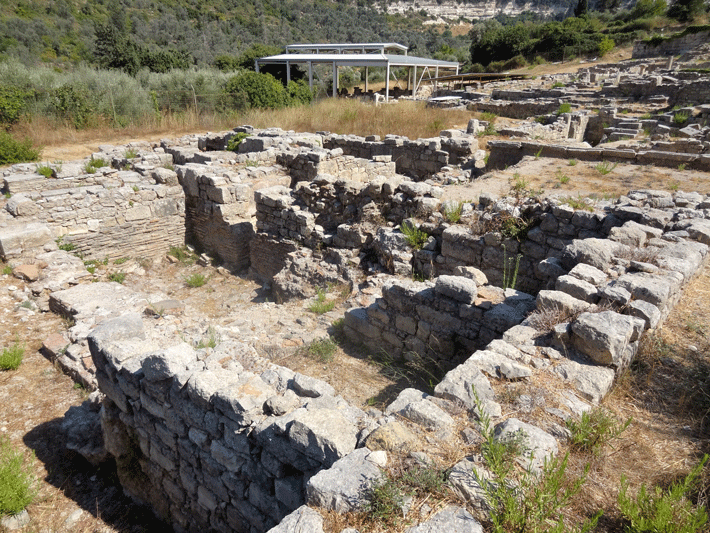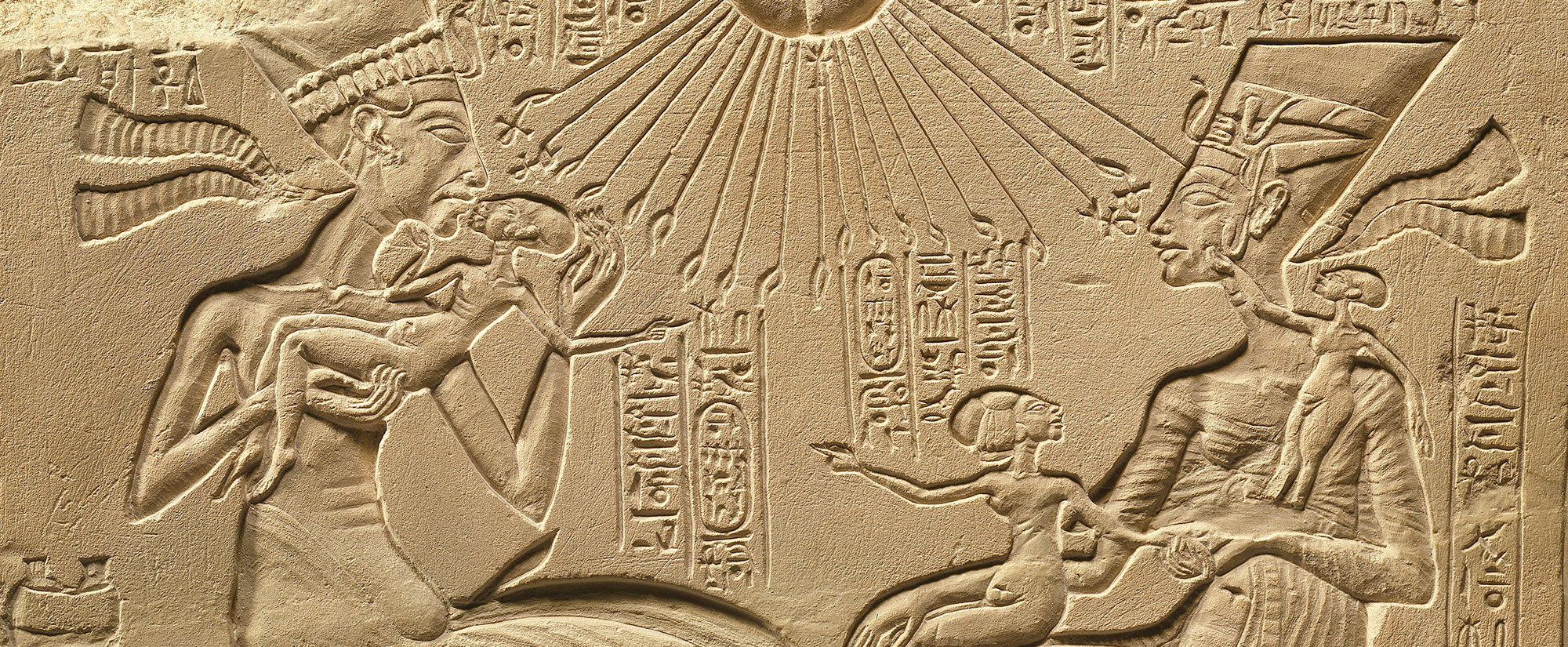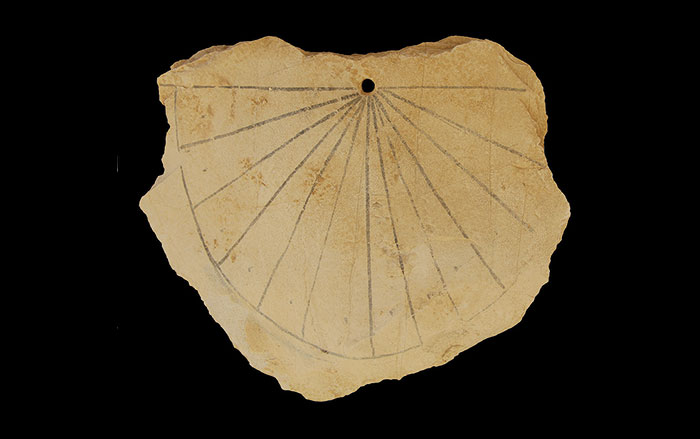
RETHYMNO, CRETE—The University of Crete has been excavating the ancient site of Eleutherna, a fortified city which was occupied from 3000 B.C. through the thirteenth century A.D., since 1985. “It overlooks the sea, but is also invisible to enemies approaching by boat. It is only one-and-a-half hours’ walk from its port. It is on a hill that can be reached only through a narrow pass, providing excellent natural protection. No weapons during antiquity could shoot this far,” said chief archaeologist Nicholas Stampolidis, as he explained the long-lasting success of Eleutherna. In addition to natural defenses, the site also had fresh running water, plentiful woodlands, land for farming and grazing, and a quarry. Grave goods show that the people had extensive trade networks from other parts of the Aegean. A museum is being built at the site to hold its artifacts, but the natural surroundings will be preserved. “When I first came here as a young man, I told myself that I would dig up all of Eleutherna before I retired. The hill must have heard me and laughed at my plans. Now that I am older, I am better at hearing what the hill has to say,” Stampolidis added.











